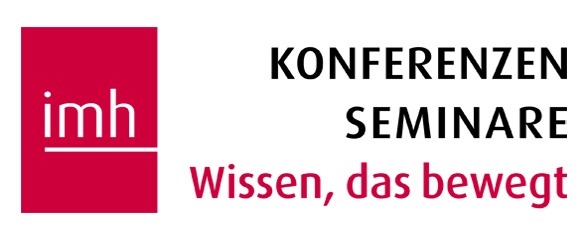Modelling and multi-scenario simulation methodology for district heating networks
Technische Universität Wien
Mario Potente Prieto
Projektbeschreibung
It´s defined as an extension of the Marie Curie European Project “CI-NERGY”. District heating networks are systems for the transport and distribution of thermal energy, responding efficiently to consumers´ needs. They are an important part to take into account inside urban energy facilities.
Between all possible methods and procedures to analyse the urban energy strategy, a proper hydraulic simulation able to calculate automatically mass, energy and exergy balances reveals itself as a fundamental previous step before beginning any project or design related to this field. Likewise, calculated energy and exergy efficiencies gives advice to urban planners about which is the best option between different considered scenarios, like changes in installations or operation conditions.
In order to answer these questions, one of the districts of the city of Vienna has been taken as a case study, consisting of 21 residential buildings with different characteristics, all of them connected to the local district heating network, with its corresponding substation that exchanges heat with the primary network.
Each simulation is constructed from each of the hypotheses proposed at the beginning of the study. A hypothesis is traslated into a scenario, that is, a new configuration and/or operational conditions under which the district heating network must operate. For example; verifying the performance after a 30% reduction of the feed temperature.
8 scenarios were defined, based on the following main considerations:
- Actual situation
- Replacement of current heating systems (from radiators to heated floors), with the corresponding buildings´ refurbishment.
- Reduction of system´s temperature, considering Low Temperature District Heating (LTDHN) knowledge [1].
- Introduction of heat pumps in combination with district heating networks, allowing a higher use of electricity in the system [2].
The developed model worked correctly and without failures for the studied scenarios, being able to solve all equations systems accurately. Obtained results are realistic and coherent.
Both pros and cons for all scenarios were studied using exergy balances as a measurement of the system´s efficiency and power consumptions.
An extension of this project is actually possible, in order to improve the process of orchestration between the different softwares involved. There are other hypotheses that could be simulated, such as the introduction of renewable energies in combination with DHNs.
Innovationskraft
It is an innovative work since it is not only considering the actual built network, but also simulating and analyzing all possible energy savings, efficiency improvements and other several arising circumstances that would happen by adapting the Viennese thermal network to the 4th generation of thermal networks. Those hypotheses are described below:
Building´s refurbishment: Reducing building´s heat demand, renovating several constructive aspects, like insulation, double glasses, substitution of radiators for heated floors, etc.
Installation of localized heat pumps for green buildings: For certain points close to consumption areas, and only if necessary, heat pumps can increase feed temperature, spending electric work.
This is also the starting point to a futurable evolution to the 5th generation of district heating networks, in which the electric supply from renewables is the predominant energy source, and the grid is transformed into a ultra-low temperature anergy network.
Nachhaltigkeit & gesellschaftlicher Nutzen
The idea is clearly beneficial in terms of reducing CO2 emissions and therefore climate warming, since the software will be able to give advice to urban planners and decision makers about the redesign of current networks to make them better and more efficient. The district heating network becomes the central element of the urban energy policy, turning into a source and at the same time an energy reservoir that gathers all the available energy options around and banishes the inefficient individual heating systems.
In addition, heat pumps allow the possibility of receiving electricity as an energy source, finally reaching the alliance between district heating systems and renewables.
Veränderungspotential (Game Changer)
The fact of having a software that orchestrates diverse applications and executes the steps of a simulation through a defined methodology for urban district heating networks is crucial for projects framed within the Smart Cities concept. The analysis of various scenarios and hypotheses provides guidance on the next step to be taken and provides valuable prior information when carrying out a strategy, including the appearance of new fixed and operating costs, electrical consumption, installation works and associated maintenance ... etc


